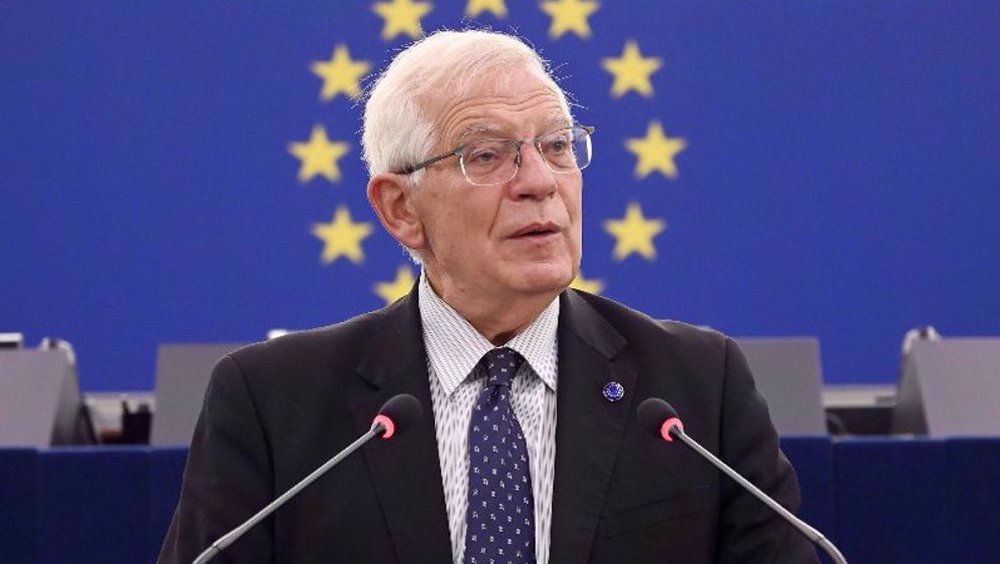Hundreds of refugees cross into Slovenia from Croatia
Nearly 1,000 asylum seekers have crossed into Slovenia from Croatia aboard a train after Hungary closed its border to block the route of the refugees struggling to reach northern Europe.
The train left Croatia at around 0800 GMT on Sunday, a Croatian railways spokeswoman told AFP.
A day earlier, about 3,000 asylum seekers took the same path, hoping to reach Germany or Austria.
Slovenia’s army has been put on stand-by to help police handle the influx of refugees.
On Saturday, Hungary sealed its border with Croatia in a bid to stop the streams of asylum seekers.
Police and soldiers sealed the crossing with barbed wire shortly before 1 a.m. local time (2300 GMT), leaving hundreds of refugees stranded on the border between Croatia and Hungary.
Following the border closure, the number of refugees entering Hungary reduced to 870, down from 6,353 the previous day.
Late on Saturday, Hungarian government spokesman, Zoltan Kovacs, said it was too early to say whether the measure, which he said serves the “interests of defending the Hungarian as well as the European borders,” was practical.
Over 6,000 refugees arrived in Croatia from Serbia on Saturday, official figures showed. They were transferred by train and bus to four border crossings with Slovenia.

Croatian Prime Minister Zoran Milanovic, who has frequently condemned Hungary’s policy towards asylum seekers, said the government was “successfully keeping (the situation) under control.”
Slovenia has expressed readiness to cope with between 2,000 and 2,500 refugees per day as long as Austria and Germany keep their borders open.
According to the International Organization for Migration, over 600,000 people fleeing foreign-backed wars, terrorism, and unrest in the Middle East and North Africa have landed on European shores this year after making dangerous sea journeys from Turkey to Greece and across the Mediterranean to Italy.
More than 3,000 have died or gone missing trying to reach the continent.
Most of the refugees are pushing to get to Germany as one of European Union’s most vibrant economies with its doors open to asylum seekers.
EU Interior ministers agreed on September 22 on a plan to relocate 120,000 refugees, despite fierce opposition from some eastern European governments that are againsty mandatory quotas for accommodating the refugees.
VIDEO | Former FBI agent criticizes US Congress for 'outright corruption'
IRGC chief urges Muslim countries to cut aid routes to Israel
'New chapter in cooperation': Iran, Venezuela sing new MoUs
Jordan sentences former lawmaker for supporting Palestinian resistance
Basij volunteer forces hold massive drills in southwestern Iran
Israeli war criminals 'not welcome', US city says after ICC ruling
US vetoing of Gaza ceasefire resolution ‘disgraceful’: Iran’s UN envoy
VIDEO | IAEA adopts anti-Iran resolution tabled by E3










 This makes it easy to access the Press TV website
This makes it easy to access the Press TV website